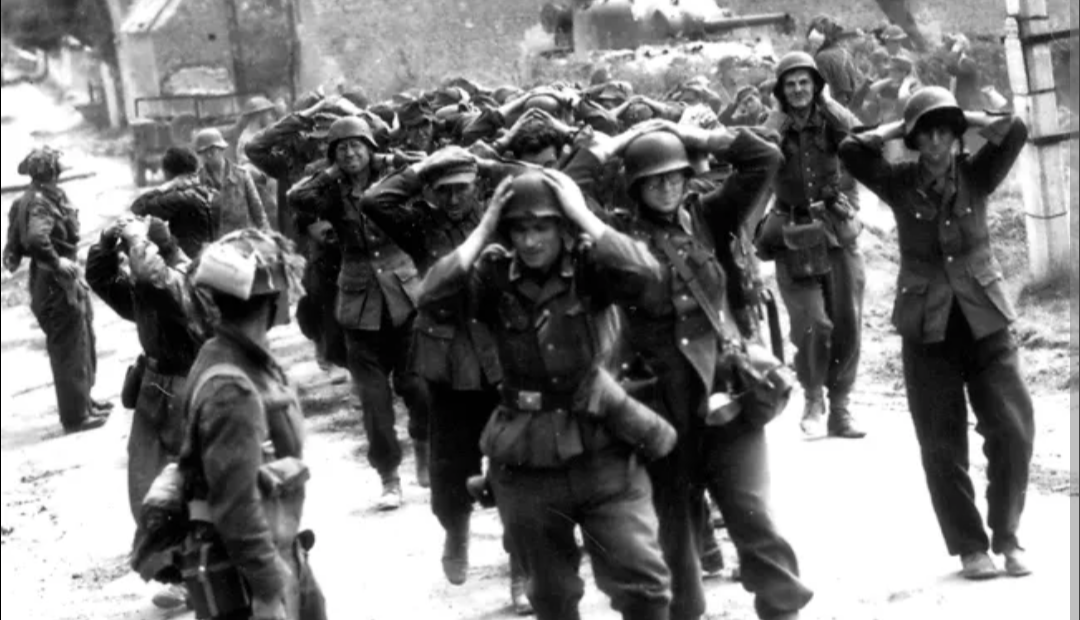As World War II drew to a close in 1945, the once-mighty Nazi regime crumbled. Cities lay in ruins, millions mourned, and most German soldiers had surrendered. Yet, scattered across Europe and even beyond, a handful of individuals refused to accept defeat. These were the Last German Holdouts, clinging to a fading dream in the face of inevitable oblivion.
Their stories, etched in the twilight of a colossal conflict, are more than just military footnotes. They offer a glimpse into the complexities of war, the tenacity of the human spirit, and the blurred lines between heroism, delusion, and tragedy.
Why Hold Out? A Tapestry of Motives:
The reasons for defying surrender were as diverse as the individuals themselves. Some, fueled by fanatical loyalty to Hitler and the Nazi ideology, believed in a last-ditch victory. Others, fearing retribution or imprisonment, chose a desperate fight for survival. For some, it was a matter of honor or a refusal to abandon their comrades.
Across the Continents: Stages of a Desperate Stand:
The holdouts’ stories unfolded across continents, each marked by its own unique drama:
- The Diehards of the Atlantic Wall: Scattered pockets of German troops along the French coast held out for weeks, some even months, after the D-Day invasion. Driven by a mix of fanaticism and isolation, they faced relentless Allied assaults until their final surrender.
- The Ghosts of the Eastern Front: In the vast expanse of the Soviet Union, isolated German units continued fighting long after the main German army had been shattered. Many were motivated by fear of Soviet reprisals, fueled by Nazi propaganda about brutal treatment of prisoners. Their struggle, often exceeding the war’s official end, was a chilling testament to the conflict’s brutal toll.
- Island Outposts in the Pacific: On remote Pacific islands like Peleliu and Truk, German garrisons held out for years, unaware of the war’s conclusion. Cut off from communication and clinging to fading hope, their eventual surrender marked the war’s truly global conclusion.
- The Unyielding U-Boats: Even beneath the waves, German submarines continued their deadly missions well into 1945. Motivated by duty and a sense of isolation, their final surrenders came not from defeat, but from orders from the newly established German government.
Beyond the Battlefield: The Human Cost:
The stories of the holdouts are not just about battles and strategies. They are about the human cost of war, the toll it takes on individuals and their loved ones. Many holdouts, driven by ideology or fear, lost their lives in a pointless struggle. Their families endured years of uncertainty and grief, often unaware of their fate. Even those who eventually surrendered faced challenges of reintegration, grappling with the trauma of war and the weight of their choices.
Beyond Judgment: Understanding, Not Glorifying:
It’s important to approach the stories of the holdouts with understanding, not glorification. Their actions were complex, driven by a multitude of factors in the midst of an incredibly dark period. While some were motivated by blind loyalty or fear, others displayed courage and resilience in the face of overwhelming odds. Judging them through a simplistic lens of right or wrong would be a disservice to the complexities of their experiences.
The Echoes of History: Lessons Learned:
The stories of the Last German Holdouts offer valuable lessons, even today. They remind us of the dangers of unchecked nationalism, the devastating consequences of war, and the importance of critical thinking. They also highlight the enduring human spirit, the capacity for both immense loyalty and terrible violence, and the need for empathy and understanding even in the face of seemingly incomprehensible actions.
Remember, history is not just about grand narratives and sweeping victories. It’s also about the individual stories, the choices made in extraordinary circumstances, and the echoes that resonate long after the guns fall silent.

